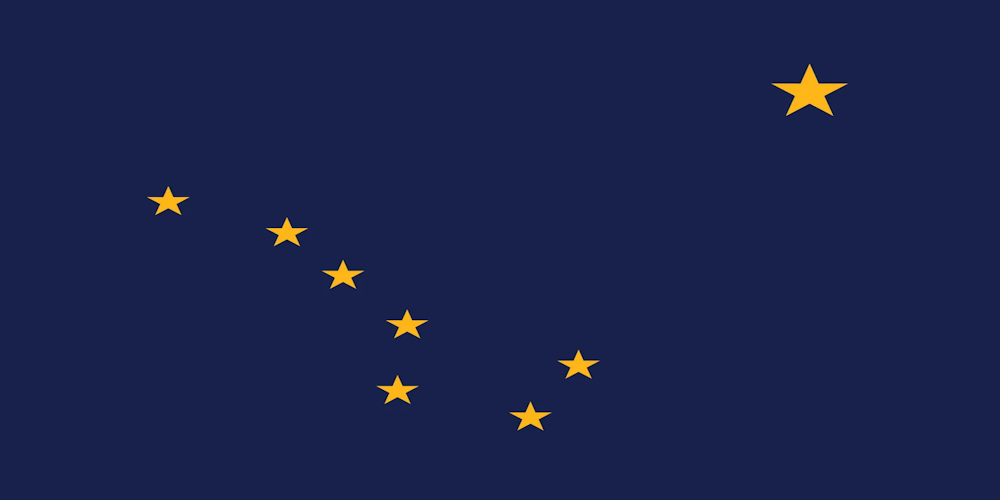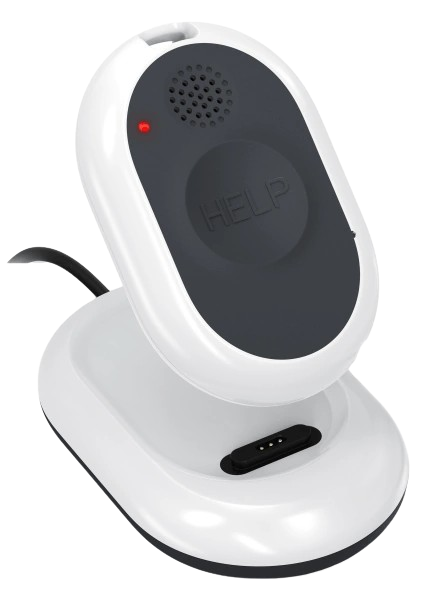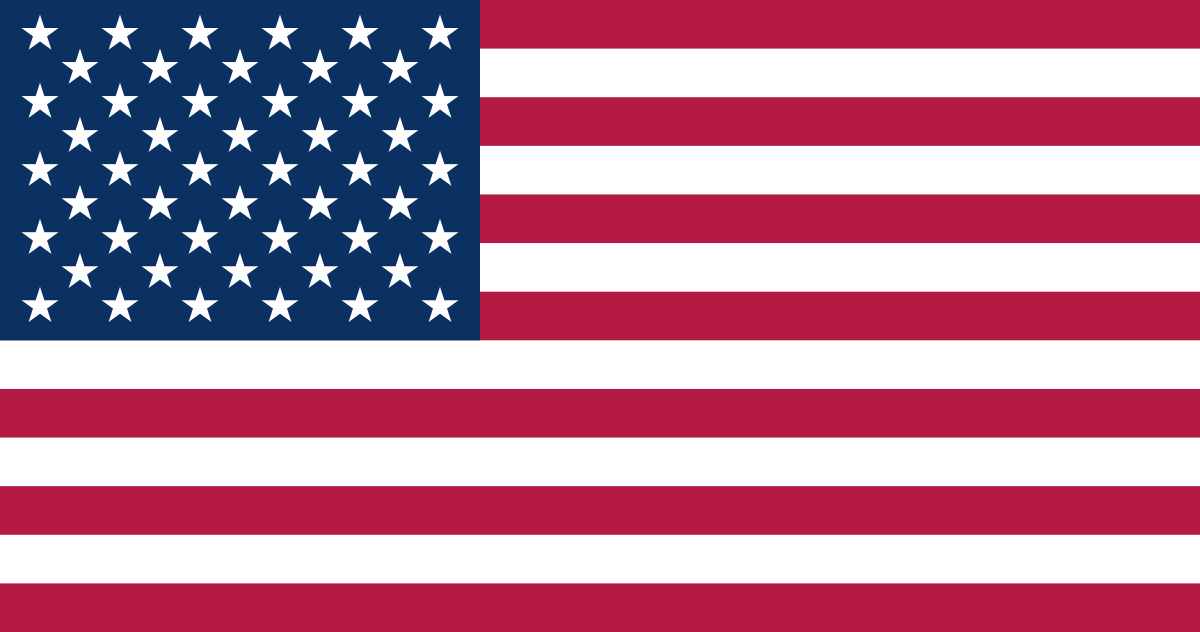Ensuring workplace safety in Alaska involves both state-specific measures and federal oversight. The Alaska Occupational Safety and Health Program (AKOSH) operates under an agreement with OSHA, enforcing safety regulations tailored to the unique working environments of Alaska. Lone workers—individuals who operate without direct supervision or contact with colleagues—face specific challenges that demand proactive safety planning.
This guide provides an overview of how Alaska addresses lone worker safety through policy, practices, and technological solutions.
On This Page
Our Guide To Lone Worker Safety Policy And Legislation In Alaska
While AKOSH does not directly define “lone worker”, it upholds many of the standards set forth by the U.S. Occupational Safety and Health Administration (OSHA), which recognizes the risks associated with employees working in isolation. OSHA Standard 1915.84 requires employers to maintain regular check-ins with workers who are alone in dangerous or secluded areas, using verbal or visual contact methods to confirm their safety.
Employers in Alaska must be especially vigilant when it comes to lone workers due to the state’s vast geography, extreme weather conditions, and remote job sites. This includes ensuring that safety measures meet the specific demands of isolated work, whether in oil fields, forests, or medical home visits. Regular communication, hazard assessments, and emergency readiness are key components of compliance.
How Alaska Defines A Lone Worker
Alaska law does not offer a formal definition for “lone worker,” but the term is commonly understood in practice and through OSHA-aligned guidance. A lone worker is anyone performing job tasks out of sight and sound of others, especially where assistance is not immediately accessible in case of an emergency.
In Alaska, this applies across numerous sectors, including commercial fishing, construction, aviation, natural resource extraction, healthcare, and utility maintenance. For example, a home healthcare provider in rural Alaska or a technician working alone at a communications tower could be classified as a lone worker.
Risk factors such as the inability to call for help, the distance from emergency responders, and the nature of the tasks performed play a key role in determining lone worker status. Employers are expected to recognize these conditions and adjust their safety programs accordingly.
Employing A Lone Worker In Alaska
Organizations that employ lone workers in Alaska must take deliberate steps to protect their well-being. This responsibility goes beyond simple compliance—it requires creating systems that support safety in isolation.
Key considerations include:
- Job-Specific Risk Assessments: Analyze the unique hazards associated with the role and location where work is performed alone.
- Monitoring and Accountability: Establish regular check-in protocols and end-of-shift confirmations for lone workers, as required by OSHA for high-risk roles.
- Reliable Communication Tools: Equip employees with satellite phones, two-way radios, or mobile alert apps—especially when working beyond cellular coverage areas.
- Emergency Preparedness: Ensure that workers know how to summon help and that emergency plans are in place and clearly communicated.
Employers should develop and document policies that cover these elements, ensuring staff are trained to follow them. Periodic reviews should be conducted to verify the effectiveness of safety procedures and make updates as work conditions change.
Learn How You Can Protect Your Employees With Loneworker.com

With Loneworker.com you can be equipped with the knowledge and the means to protect your employees and protect your business. Contact us today to learn more about how Loneworker.com can protect you and your employees.
How The Safe Lone Worker App Can Protect Alaska Lone Workers And Employers
In Alaska’s often rugged and remote environments, digital safety tools can be lifesaving. The Safe Lone Worker app offers real-time features like fall detection, location tracking, timed check-ins, and panic alerts that can connect workers to help in seconds.
By using such technology, employers enhance not only compliance with AKOSH and OSHA guidance but also improve response times in critical situations. The app allows for seamless monitoring without infringing on employee privacy, ensuring both productivity and protection in isolated work scenarios.
Alaska Lone Worker Policies
Although Alaska does not have a dedicated regulation exclusively for lone workers, employers are still required to safeguard any employee working without direct oversight. Under the AKOSH program—administered through an agreement with federal OSHA—employers are obligated to assess working conditions and implement control measures to reduce risks for isolated employees.
Alaska Lone Worker Resources
OHS Contact Centre
- 1-866-415-8690
CDC / NIOSH
- 800-232-4636
AKOSH Consultation & Training
- (800) 656-4972

Affordable Monitoring For Lone Workers In Alaska

-
 Monitoring Your Employees' Safety
Monitoring Your Employees' Safety
-
 GPS Tracking And Monitoring
GPS Tracking And Monitoring
-
 Man Down Panic Alerts
Man Down Panic Alerts
-
 24/7 Protection Anywhere
24/7 Protection Anywhere
Lone Worker Legislation
Lone Worker Safety Policies And Legislation By State
-
 Alabama State Safety Policies And Legislation
Alabama State Safety Policies And Legislation
-
 Alaska State Safety Policies And Legislation
Alaska State Safety Policies And Legislation
-
 Arizona State Safety Policies And Legislation
Arizona State Safety Policies And Legislation
-
 Arkansas State Safety Policies And Legislation
Arkansas State Safety Policies And Legislation
-
 California State Safety Policies And Legislation
California State Safety Policies And Legislation
-
 Colorado State Safety Policies And Legislation
Colorado State Safety Policies And Legislation
-
 Connecticut State Safety Policies And Legislation
Connecticut State Safety Policies And Legislation
-
 Delaware State Safety Policies And Legislation
Delaware State Safety Policies And Legislation
-
 Florida State Safety Policies And Legislation
Florida State Safety Policies And Legislation
-
 Georgia State Safety Policies And Legislation
Georgia State Safety Policies And Legislation
-
 Hawaii State Safety Policies And Legislation
Hawaii State Safety Policies And Legislation
-
 Idaho State Safety Policies And Legislation
Idaho State Safety Policies And Legislation
-
 Illinois State Safety Policies And Legislation
Illinois State Safety Policies And Legislation
-
 Indiana State Safety Policies And Legislation
Indiana State Safety Policies And Legislation
-
 Iowa State Safety Policies And Legislation
Iowa State Safety Policies And Legislation
-
 Kansas State Safety Policies And Legislation
Kansas State Safety Policies And Legislation
-
 Kentucky State Safety Policies And Legislation
Kentucky State Safety Policies And Legislation
-
 Louisiana State Safety Policies And Legislation
Louisiana State Safety Policies And Legislation







